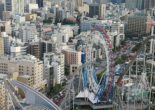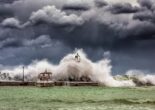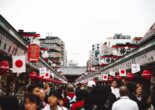When you visit Tokyo, chances are that you will pass through Shinjuku station – perhaps several times a day. But the station is not the only thing to see in Shinjuku. Maybe it is even the least interesting part. Read on to find out more about this amazing part of Tokyo.
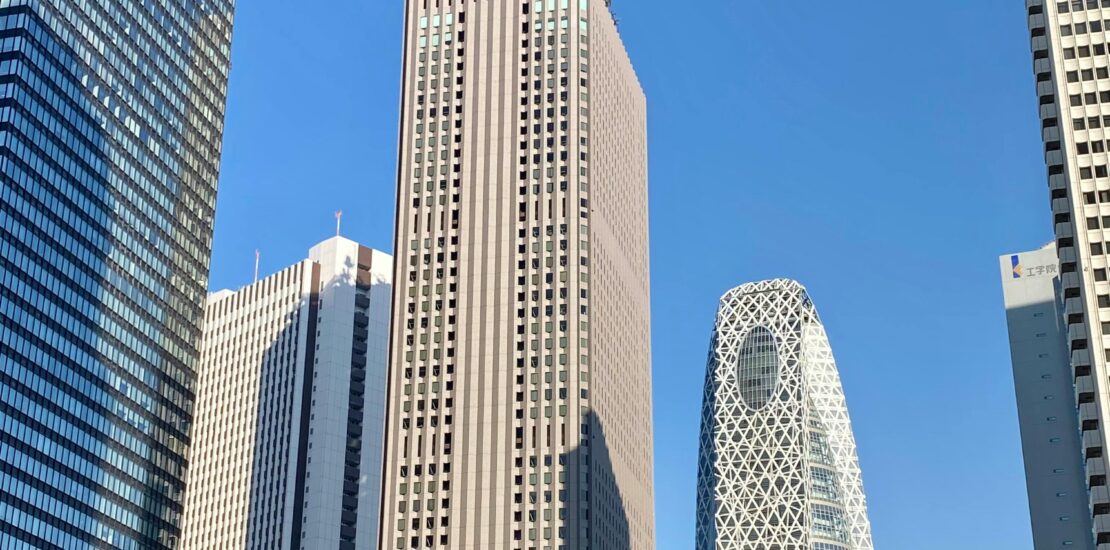
In old Edo, this was the last post station on the way from Kyoto on the old Tokaido road. This was where travelers weary from the road found rooms, before spreading out across Edo.
When Edo became Tokyo and railroads replaced roads and waterways as the main avenues for travel, Shinjuku was still on the edge of the city. Thanks to connecting the old roads – and new railways – from Osaka and Yamanashi, this was one of the major exchanges in the rapidly expanding commercial capital of Japan.
Lost in translation
Shinjuku still has more than its fair share of hotels, especially big ones. Some of them preserve the legacy of the old hotels, and others are famous because they were the settings for international movies – Park Hyatt was where “lost in translation”, still one of the best movies about Japan (or rather, foreigners reactions to Japan) was shot.

After World War 2, when Shinjuku was as devastated as the rest of Tokyo from the intense firebombings, the economic boom of post-war Tokyo resulted in a need for more office space. Since the Shinjuku area is more geologically stable than the rest of Tokyo, this is where the construction of office buildings took off. The Shinjuku skyscraper district is second to none in the world, and many of the buildings are architecturally interesting.
Municipal Observatory
The skyscraper and hotel areas border on the Tokyo municipal government office, an impressive building in its own right. It is worth a visit, not in the least because there is an observatory with wide views around Tokyo.
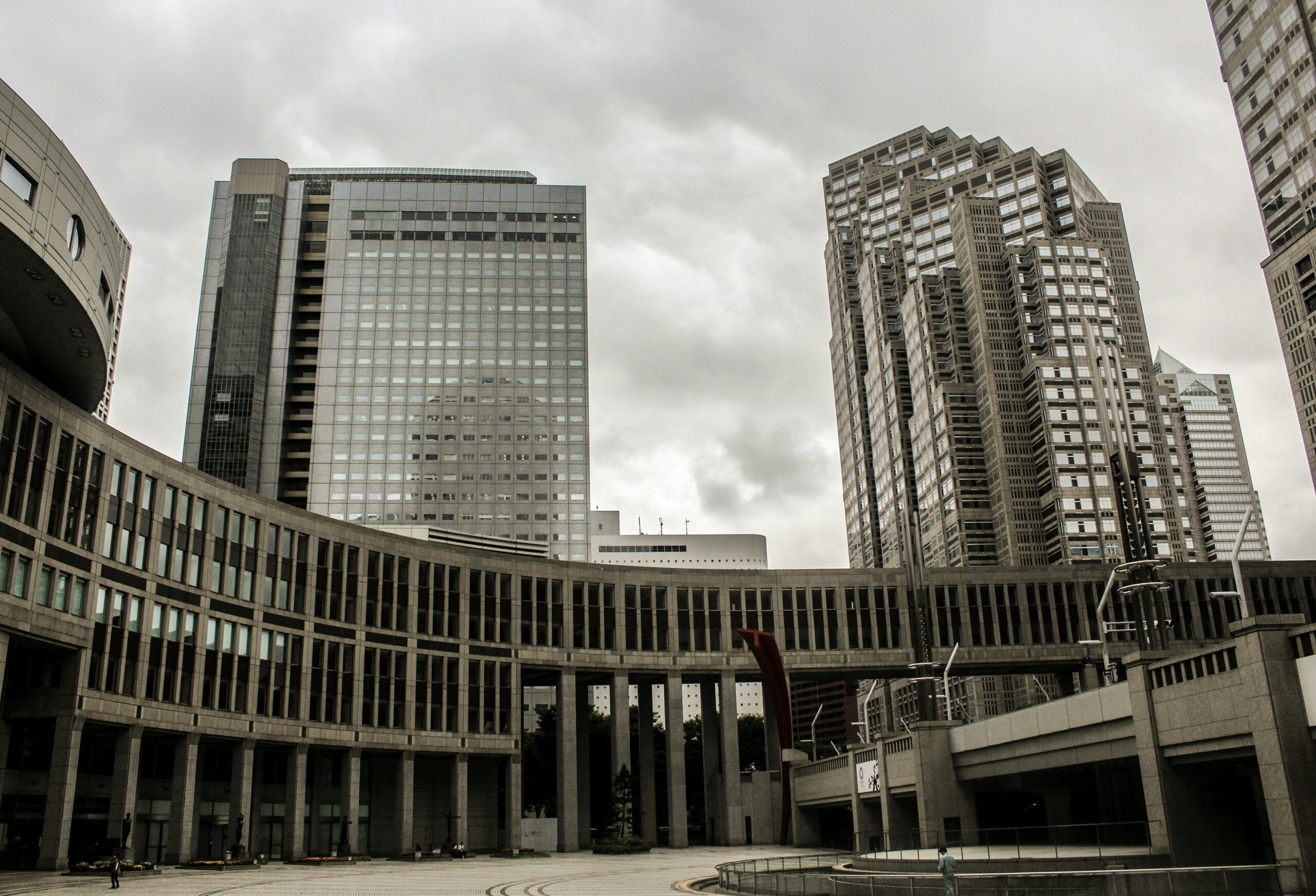
Shinjuku is home to several big corporate offices and headquarters. Some of those corporations built huge art collections when the yen was expensive and Japan was the richest country in the world. The Sompo Museum of Art houses the famous “Sunflowers” painting by Vincent van Gogh, along with an unparalleled collection of works by the local Western-style painter Seiji Togo.
Toy play museum
That is not the only museum in Shinjuku. The ward has a small historical museum and is home to several literary and art museums, as well as a theatre and music museum. But two museums are more interesting than others: The fire museum, reflecting the almost 500 years of Tokyo firefighting; and the Toy Museum, where visitors can play with almost 10000 toys from around the world, and volunteers teach the visitors how to play with traditional Japanese toys.
If you want to buy toys to bring home, you may be better off in the big department stores surrounding Shinjuku station. The Isetan department store is known for its supreme service and high-quality goods (the price unfortunately corresponds to the quality). If you want to get even better service, go to the Isetan department store south of Shinjuku station, where you can get a shopping translator to support your purchases (conditions may apply).
Annual shrine market
A part of the city as old as Shinjuku would not be without its shrines and temples, and there are several scattered around the ward. Just a few blocks from Shinjuku station are a cluster of shrines around Hanazono Shrine, a big shrine which arranges several traditional seasonal festivals, the most famous the Tori-no-ichi annual market in November. The booths spill over into the surrounding streets, making the entire quarter southeast of the Shinjuku station a big traditional marketplace, often with old-style market stands you will not find anywhere else.
Untraditional temples
There are also several temples scattered throughout the ward, most of them fairly small and traditional, with attached graveyards. The architecturally most interesting is the Shinjuku Rurikoin Byakurengedo, southwest of the station. It does not look like a traditional temple, more like a futuristic concrete cube, since the graves are housed on several floors in the structure. Another modern architectural example is Taiso-ji, although the modern exterior belies the traditional interior.
If you are looking for a more traditional temple, the most accessible is Josenin and Joen-ji next to exit E8 of the Higashi-Shinjuku station on the Maronouchi subway line. These two temples are neighbors and good examples of traditional temple design.
Famous entertainment districts
Shinjuku is also home to several of the entertainment districts in Tokyo. The Kabukicho entertainment district, to the northeast of Shinjuku station, used to be as close to a red-light district as you could get in Tokyo. Now it is cleaned up, and the entertainment is much more family-friendly than it used to be, even though there is still reason for families to avoid the hotels in the area north of the Kabukicho proper. It may be the Godzilla statue in the Shinjuku Toho building which keeps the bad influences away.
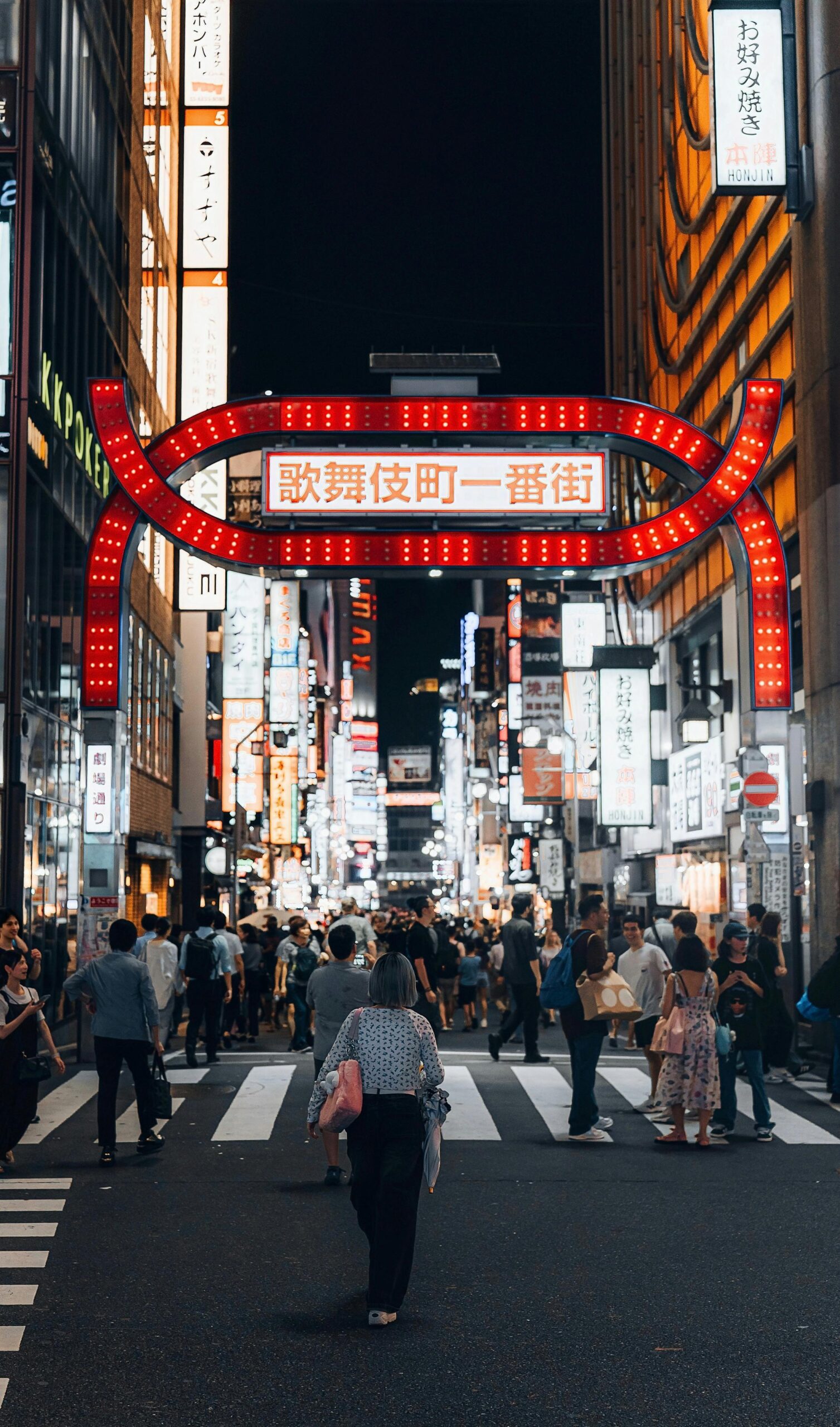
North of Kabukicho, spreading out to the east of Shin-Okubo station, is the Koreantown of Tokyo. What began as a small area of ethnic restaurants and kimchi shops has expanded to a huge district with Korean restaurants and bars, many of them more focused on the entertainment than the food. In pace with the Korean culture boom which has gripped Japan, the area has developed its own restaurant chains and street foods unheard of in Korea, which often end up being reexported there. There are also entertainment venues and even Korean boys bands – made in Japan.

The Shinjuku area is also known for a couple of other entertainment districts, perhaps better known in story than reality. Omoide Yokocho is a small area of restaurants and drinking places between the Shinjuku and Seibu-Shinjuku stations, where the local elderly gentlemen and salarymen catching late trains go to get a bite and drink before they churn their way home on the train. Known to the locals as “Piss Alley” because of the lack of toilets in the restaurants, it is easier to enjoy from a distance.
Golden Gai is another landmark more famous among foreigners than locals, a row of small (two to three seats) restaurants focused on the interests of the owners and their steadiest customers. Beware that some places actively discourage visitors from outside their closest circle. If you see a sign saying “no foreigners” or “steady customers only”, respect it. You would not fit in – literally.
The bars in the winding alleys and narrow lanes that welcome foreigners and other outsiders are worth it, but the district is quite small and has been struck by fire several times in the last few years, so it is not quite the same as it was.
Wide-open parks
If you want a bit of air, Shinjuku is home to three decently big parks, easily accessible from the stations. Near the city government office, there is a fairly big park, Shinjuku Chuo Park. Often slightly mistranslated as Shinjuku Central Park, perhaps because it is home to the Niagara Waterfall. The park is quite grown up which makes for shady cool walks in the heat of summer, especially since it is criss-crossed with waterways. At the southern tip, there is a dedicated children’s area.
Toyama Park is next to Takadanobaba station and touches on the northern end of Koreantown. It is a long but reasonably wide park with beautiful cherry blossoms and several open spaces for play or picnics. This park used to be full of homeless people, but they were cleaned out for the 2020 Olympic Games in 2021 and not allowed to return.

The most important park in Shinjuku, however, is Shinjuku Gyouen. This is not an ordinary park but a national garden, which is why there is an entrance fee.
Since it is a national garden, it is immaculately kept. Shinjuku Gyouen is divided into several parts, reflecting traditional Japanese gardening practice, as well as Western gardening. There are wide open spaces to run around on or enjoy the sunshine.

